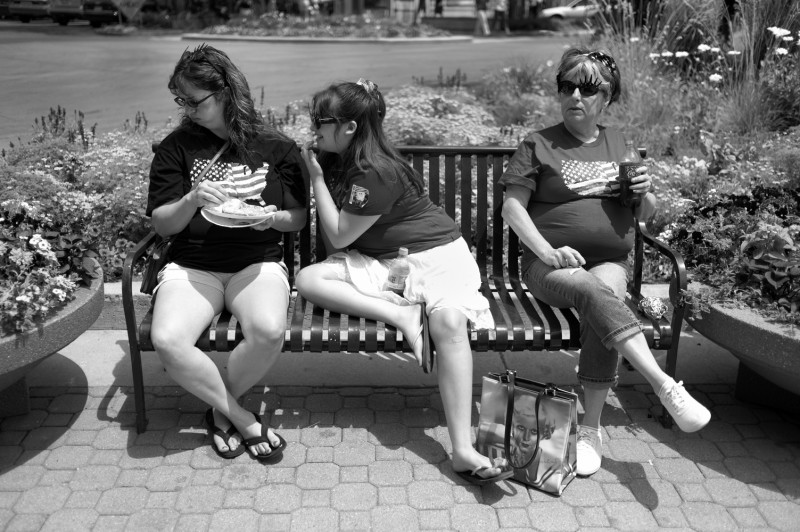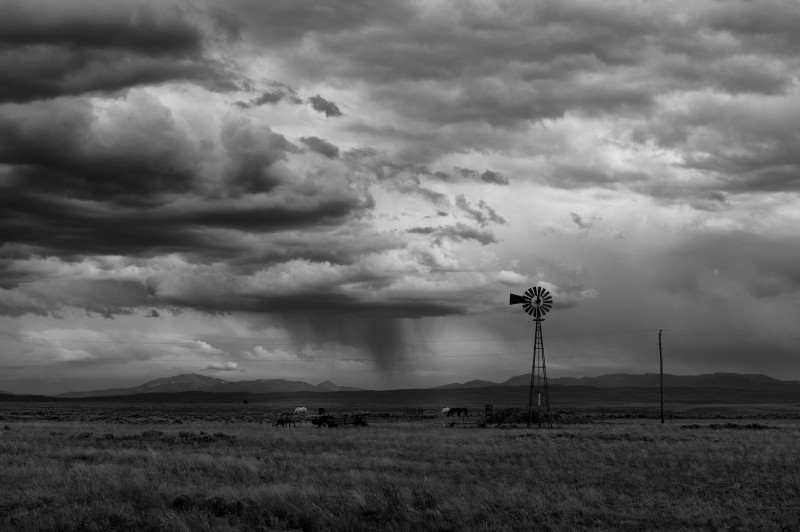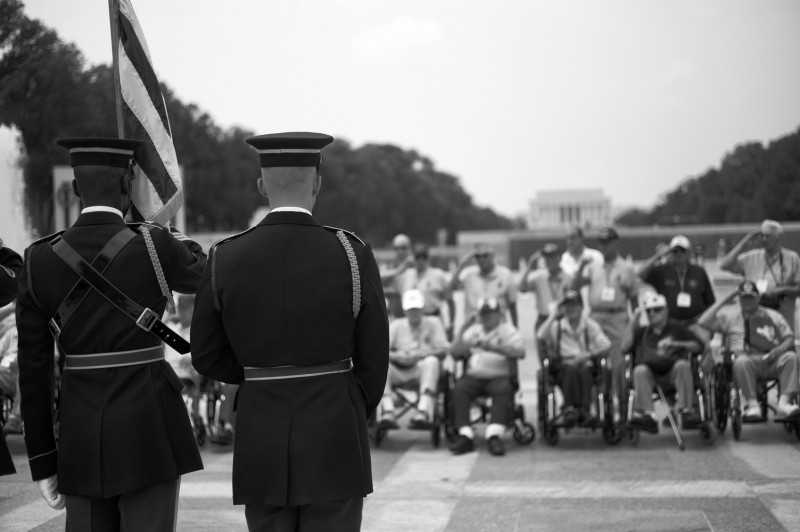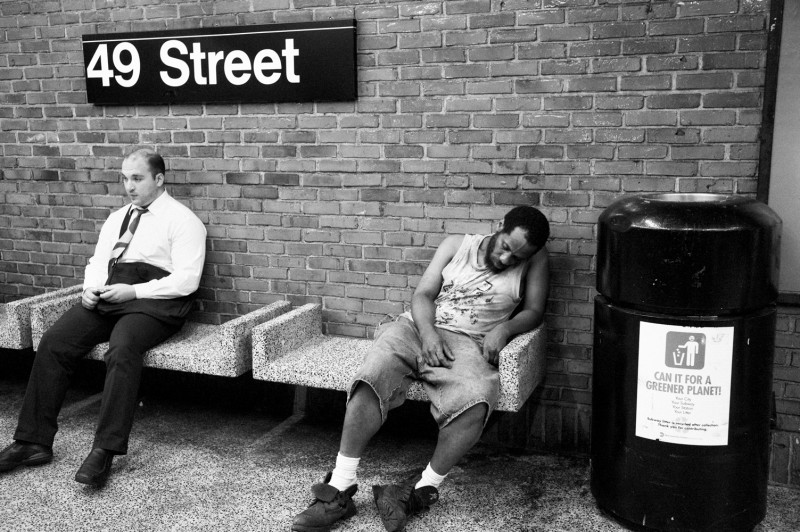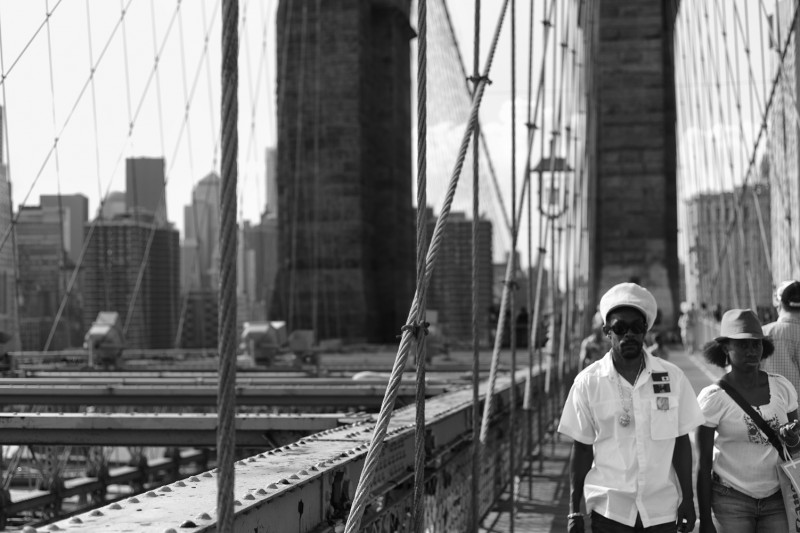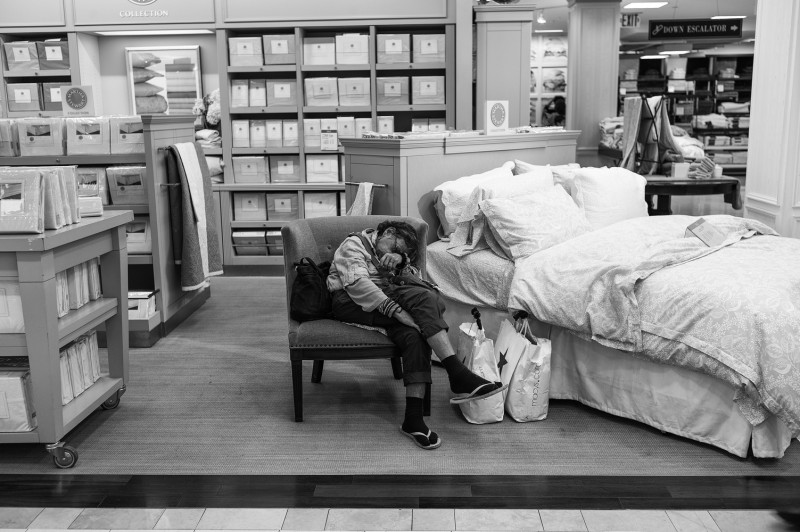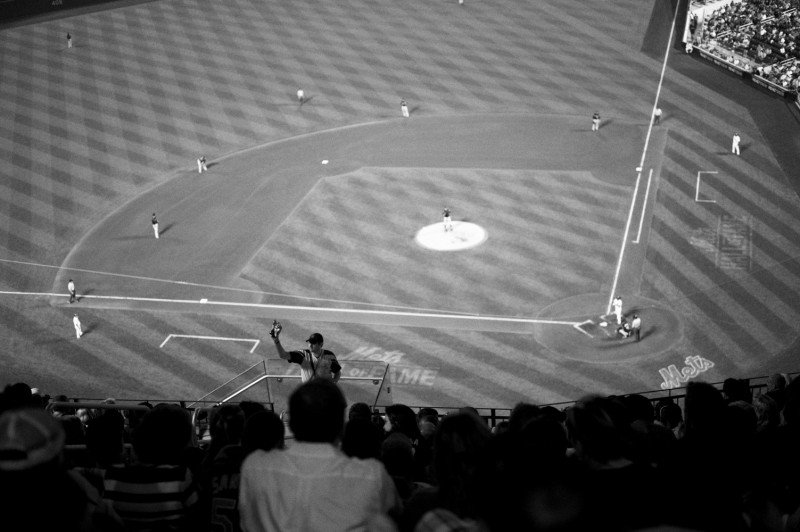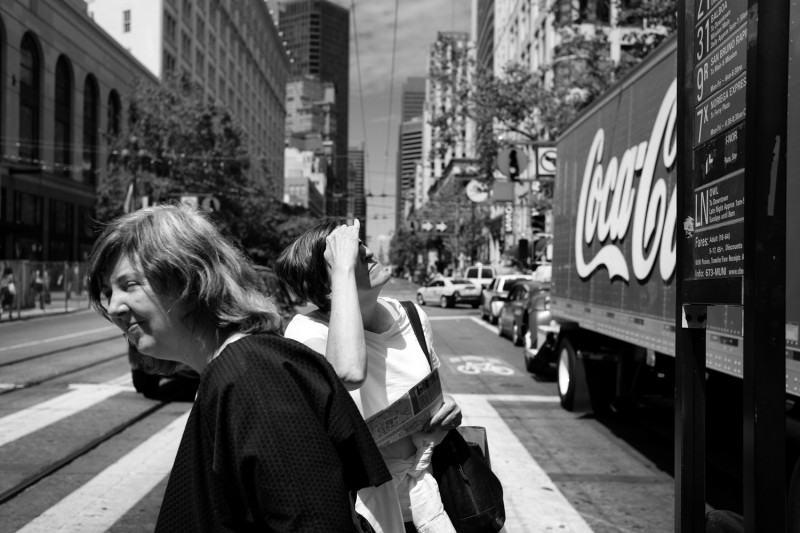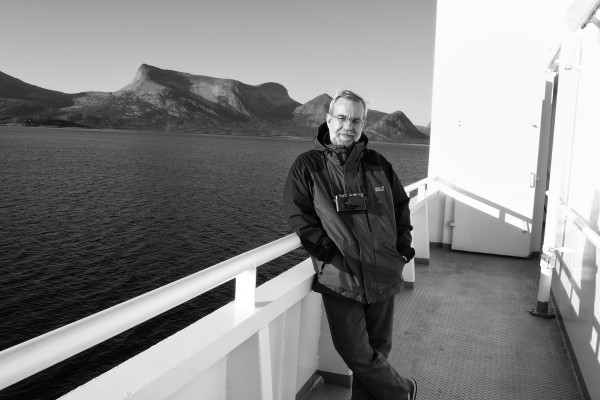American Icons
American Icons
Paolo Burlando
August 2, 2018

What do you hope to draw attention to with your American Icons series? Did you have a specific aim?
The American Icons series developed almost accidentally. In 2010 I visited the USA as part a sabbatical leave from my home university. During my stay, my M9 and M6 were my constant companions and helped me explore life in this huge and multifaceted country. At the beginning I didn’t have any concrete goals, but with time, and a new visit in 2016, I convinced myself that there is probably no country, which is more iconic than the USA. This iconic nature is timeless, remains unchanged over the years and represents a sort of profound “genetic imprinting”.
What meaning does the USA have for you personally? What emotions were triggered by your explorations?
When I was a teenager and young researcher, the USA was a dreamland, where scientific research could happen at the highest level. However, with time, I became more familiar with the country and the complexity of its society. American Icons are timeless elements, which characterise the identity of the country from the 1950s up until today.
The images convey emotions through the representation of gorgeous, natural and urban landscapes; of intense and profound patriotism, often tied with wars, but also celebrating the greatness of the nation; of the American dream of a society based on equal opportunity, which is conversely still affected by racial contradictions and ideological conflicts; of “landmarks”, be these a brand, or a building, or an institution, which every human being on Earth can recognise and name; of a bustling city life, which, however, too often turns into a competitive society that leads to the dramatic loneliness of individuals.
There are already countless photo series that deal with the USA. Do you consider that the country has already been completed “discovered” - or are there place that still lie below the radar of travellers and locals?
It’s true, one could indeed think that everything in the USA has already been fixed in pictures. The country is, however, so dynamic and continuously changing, while remaining anchored to timeless values, that a practically infinite reservoir of photographic inspiration remains. The challenge is in the ability to recognise new perspectives, new aspects, which others didn’t explore yet.
The USA was always a pioneer country, for better or for worse, and will continue to offer many opportunities for documentary photographers. In this respect, I hope that the American Icons collection – of which the pictures shown here are a small selection – offers an unconventional viewpoint of the otherwise “over-photographed” American society.
What equipment did you use, and in what way did it help you realise your goals?
The entire series was shot using Leica cameras – the M6, M9 and M262 – and Leica lenses – mainly Summicron 35 and 50 mm. Leica Ms are the ideal equipment for my photographic style: they’re light, relatively small, unobtrusive, reliable and allow the photographer to concentrate on the essential.
Street and documentary photography require continuous concentration and quick reactions, two domains in which Leica Ms allow photographers to excel, while still giving them full control of both the composition and technical aspects, thanks to manual focus and exposure and to the viewfinder-based composition. Moreover, the characteristics of Leica lenses give the images a special personality; and their wide apertures allow for outstanding pictures even in low light conditions.
You prefer photographing in black and white. Do you have a special connection to this kind of photography?
Black and white photography is the medium used by most of the photographers who shaped my photographic vision. I grew up reading books and visiting exhibitions by legends like Cartier-Bresson, Erwitt, Bischof or Frank, to name just a few. Now, when I look through the rangefinder, my eye already perceives the scene in black and white.
Moreover, I have the feeling that black and white photography doesn’t impose a key to read the photograph, but allows the viewer to build up his or her own reading – be that the appreciation of the aesthetics of the image or the emotion and message that the picture conveys.
Finally, black and white photography is also more challenging and less forgiving: it does require careful composition and use of light, as well as use of out of focus and geometrical elements, thus forcing the photographer to be rigorous and selective, without compromising on the final image.
All images on this page: © Paolo Burlando
Equipment: Leica M6, M9, M262 with Summicron-M 35 f/2 and Summicron-M 50 f/2
Paolo Burlando+-
Born in 1960, Paolo Burlando is an amateur photographer who started taking pictures at the age of 17. After many years as a university professor, he became an avid explorer of life as it unfolds in front of his cameras. Nowadays, photography permeates every second of his free time. His photography is not loud, but aims at being discreet and portraying human life without losing respect for people. He is working at some long-term projects, which will hopefully result in exhibitions or published works. More

